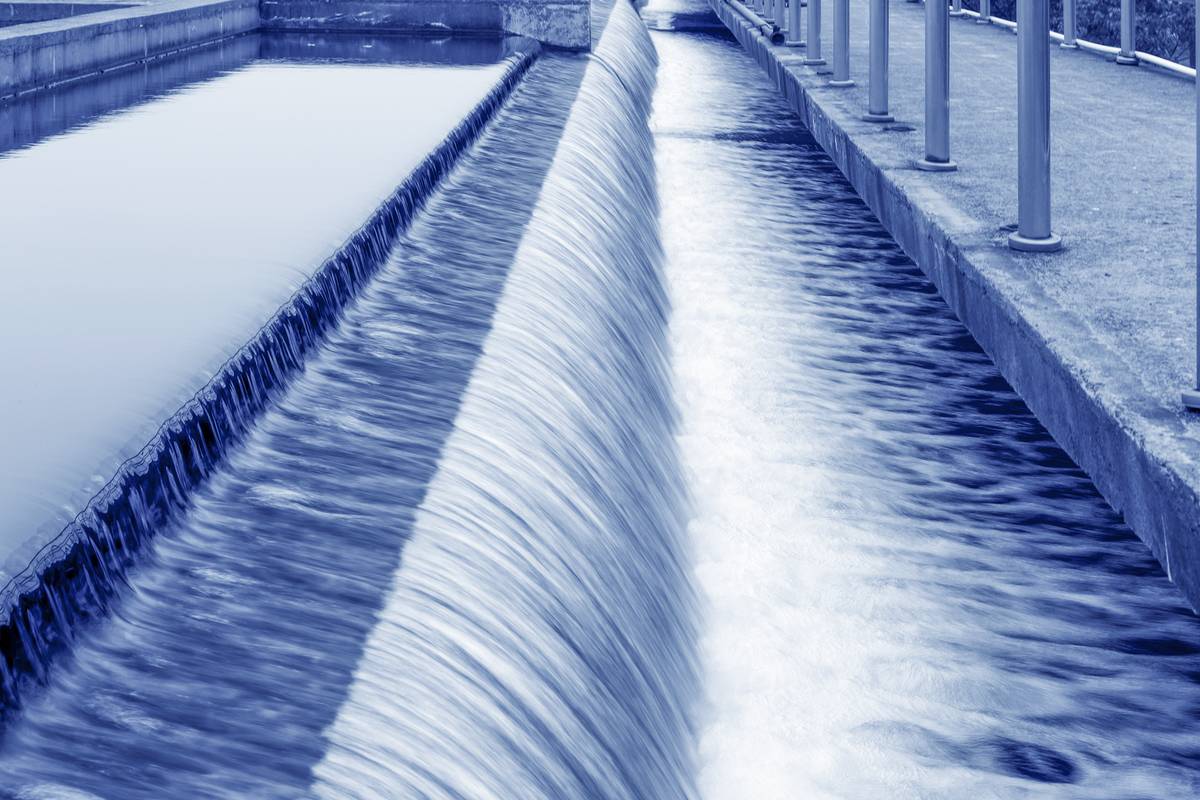You are viewing a preview of...
Hydrogen Peroxide Removal in Water Treatment Applications
Improved process for quenching residual hydrogen peroxide (H2O2) after advanced oxidation processes

Background
Ultraviolet (UV) and hydrogen peroxide (H2O2) combination (UV/H2O2) is one of the most common advanced oxidation processes (AOP) used at full scale for drinking water treatment and other water treatment applications. With only a small fraction (5-10%) of hydrogen peroxide consumed in the treatment process, large amounts of the chemical remain after treatment requiring higher chlorine dosage if water is disinfected post-AOP thereby increasing the costs of the water treatment process.
Two of the most practical ways to remove residual H2O2 currently are by adding more chlorine to counter the demand and provide a residual, or quenching H2O2 by granular activated carbon (GAC) prior to chlorination. The first method presents an operational challenge, as there is no simple method
Log in or create a free account to continue reading